Christopher Cole, Associate Director- Product Management and Development. Association of International Certified Professional Accountants.
As auditors and management begin to prepare for June 30 year-end audits, it’s a good time to share some of the top concerns for not-for-profits this year. How can not-for-profits reassure donors that their contributions are in safe hands? What key implementation issues on new accounting standards updates are not-for-profits grappling with? Outlined below are four topics that should not be overlooked.
1. Cybersecurity
In addition to common hacking risks, not-for-profits that accept electronic contributions are targets for credit card fraud. While retailers collect certain personal information to set up customer accounts and ship goods, not-for-profits often forgo requiring that level of detail to make donating simple. Unfortunately, this makes not-for-profits an easier testing ground for stolen credit card data. Not-for-profit entities with real-time credit card authorization and settlement are even more likely to fall victim because real-time verification makes the stolen data more valuable. These organizations then bear the burden of repaying fraudulent donations in addition to paying fees related to the refunds. Organizations that use electronic methods to accept contributions should consider adopting appropriate controls to ensure revenues are properly recognized and that cash receipts are safeguarded.
2. FASB Not-for-Profit Financial Statement Presentation Standard
This past summer Financial Accounting Standards Board (FASB) issued a financial reporting standard for not-for-profits (ASU No. 2016-14), which constitutes the most significant change to not-for-profit financial statement presentation since the mid-1990s. The new standard will simplify and improve how not-for-profits classify net assets and present information about liquidity, financial performance and cash flows. In turn, the financial statements of these entities will provide more relevant information to donors, grantors, creditors and other users.
Given the significance of these changes, it is important for not-for-profit accounting and assurance professionals to familiarize themselves with the requirements of the new standard and consider how the financial statements, as well as the systems and processes used to produce them, will change. Early adoption of ASU No. 2016-14 is permitted and may reduce the complexity of financial statement preparation for not-for-profits whose contribution streams currently affect all three net asset categories and those whose endowment funds currently have material unappropriated earnings or are underwater. Not-for-profit auditors also will be called upon for assistance as their clients begin implementing this standard and must be careful not to impair their independence.
3. Currently Effective ASUs
As I mentioned in my recent blog post, there are several significant Accounting Standards Updates (ASUs) effective for 2016 year-ends. Here’s a quick recap:
• Under FASB’s new going concern standard (ASU No. 2014-15), management will now have to evaluate and disclose whether there is substantial doubt about an entity’s ability to continue as a going concern.
• To clear up confusion among not-for-profits regarding the previously amended consolidation requirements, FASB issued ASU No. 2017-02 to clarify when a not-for-profit that is a general partner in a limited partnership (or similar entity) should consolidate a for-profit limited partnership.
• FASB simplified the presentation of debt issuance costs via ASU No. 2015-03, which aligns the balance sheet presentation requirements for debt issuance costs with those of debt discounts.
• Also simplified, and aligned with International Financial Reporting Standards (IFRS), are subsequent measures of inventory. Under ASU No. 2015-11, inventory should be measured at the lower of cost or net realizable value.
• Fair value disclosure requirements have changed for investments measured using the net asset value per share practical expedient. ASU No. 2015-07 removes the requirement to categorize those investments within the fair value hierarchy.
4. Data-Driven IRS Inquiries
Data-driven decision-making for the Internal Revenue Service Exempt Organizations (EO) division involves running over 200 data queries on Form 990-series returns to ascertain whether a return might warrant examination. The IRS has experienced return change rates over 90 percent since implementing the new EO audit selection methodology. Practitioners who prepare Form 990-series returns should focus upon accuracy and completeness.
For a deeper dive into these important issues, be sure to attend the webcast, Not-for-Profit Entities: 2017 Audit and Accounting Issues, hosted by the AICPA’s Not-for-Profit Section on May 5, 2017 from 3-5 pm ET. Thank you to the AICPA Not-for-Profit Audit Risk Alert Task Force for their contributions to this blog post.
– See more at: http://blog.aicpa.org/2017/04/top-issues-for-not-for-profits-this-year.html#more
- Preparing to Sell Your Business - March 27, 2023
- W-2 Employees or 1099-NEC Contractors? What are the Pitfalls if you Misclassify? - November 3, 2021
- Casualty Loss Summary - October 12, 2021


